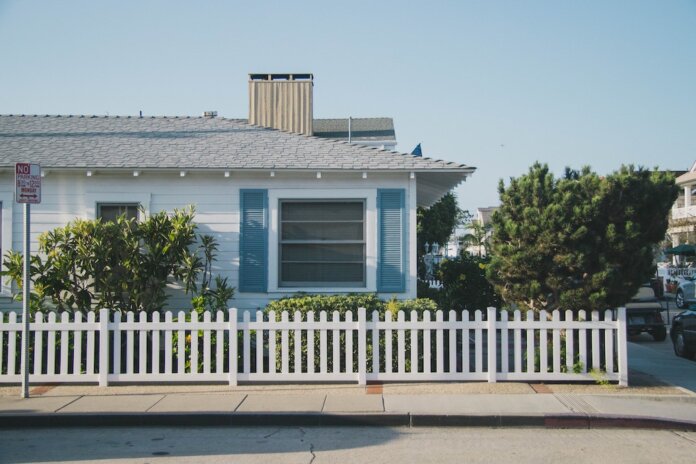Despite rising mortgage rates, U.S. home prices continued to surge in August, increasing 0.9% compared with July and up 2.6% compared with August 2022, according to the S&P CoreLogic Case-Shiller home price index.
It was the seventh consecutive monthly gain since prices bottomed in January.
The index’s 10-city and 20-city composites, measuring home price growth in the 20 largest U.S. metros, each posted an increase of 1.0% compared with July.
Year over year, the 10-city composite showed an increase of 3.0%, up from 1.0% in the previous month, while the 20-city composite posted a year-over-year increase of 2.2%, a slight increase of 0.2% from the previous month.
Among the 20 cities, Chicago led the way for the fourth consecutive month, reporting the highest year-over-year gain.
Craig J. Lazzara, managing director at S&P DJI, says “one measure of the strength of the housing market is the relationship of current prices to their historical levels.”
“On that dimension, it’s worth noting that the national composite, the 10-city composite, and seven individual cities – Atlanta, Boston, Charlotte, Chicago, Detroit, Miami, and New York – stand at their all-time highs,” Lazzara says in a statement. “Observing the breadth of price changes provides insight into another dimension of market health. On a seasonally adjusted basis, prices increased in 19 of 20 cities in August – and Cleveland only missed by a whisker. Before seasonal adjustments, prices rose in 13 [of the 20] cities.”
Lazzara also notes, however, that the regional differences in home price growth “are substantial.”
“On a year-over-year basis, the three best-performing metropolitan areas in August were Chicago (+5.00%), New York (+4.98%), and Detroit (+4.8%). Chicago has topped the leader board for four consecutive months, and New York moved up this month to the silver medal position,” he says. “The bottom of the rankings still has a western focus, with the worst performances coming from Las Vegas (-4.9%) and Phoenix (-3.9%). The Midwest (+3.9%) continues as the nation’s strongest region, followed by the Northeast (+3.8%). The West (-0.9%) and Southwest (-0.8%) remain the weakest regions.
“The year’s increase in mortgage rates has surely suppressed housing demand, but after years of very low rates, it seems to have suppressed supply even more,” Lazzara adds. “Unless higher rates or other events lead to general economic weakness, the breadth and strength of this month’s report are consistent with an optimistic view of future results.”
Selma Hepp, chief economist for CoreLogic, says “although housing prices have increased significantly this year, climbing 5% from the early-year low, higher mortgage rates and seasonal trends will slow further monthly gains – with some possible declines in winter months.
“Nevertheless, the year-to-date gains indicate that growth will pick up through the end of 2023 compared to last year’s slump during this time period,” Hepp says in separate statement.
“There are still variations in the market as more affordable markets and those with strong population growth keep encountering pressure on home prices due to continuous lack of available homes for sale, particularly markets in New England and Midwest, while markets in the South and Southeast have experienced more moderate home price growth recently, following years of rapid increases,” Hepp adds.
Photo: Gustavo Zambelli











